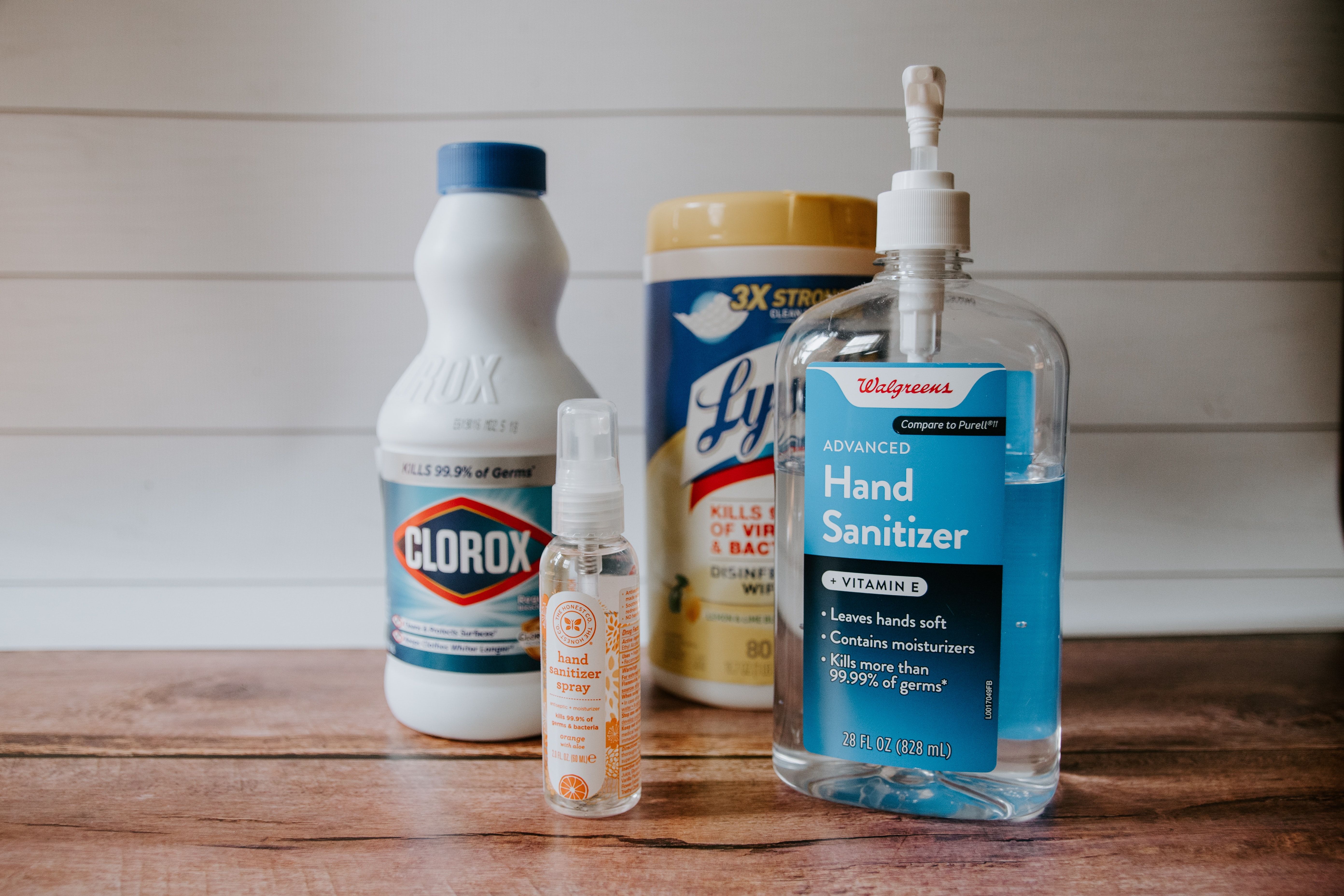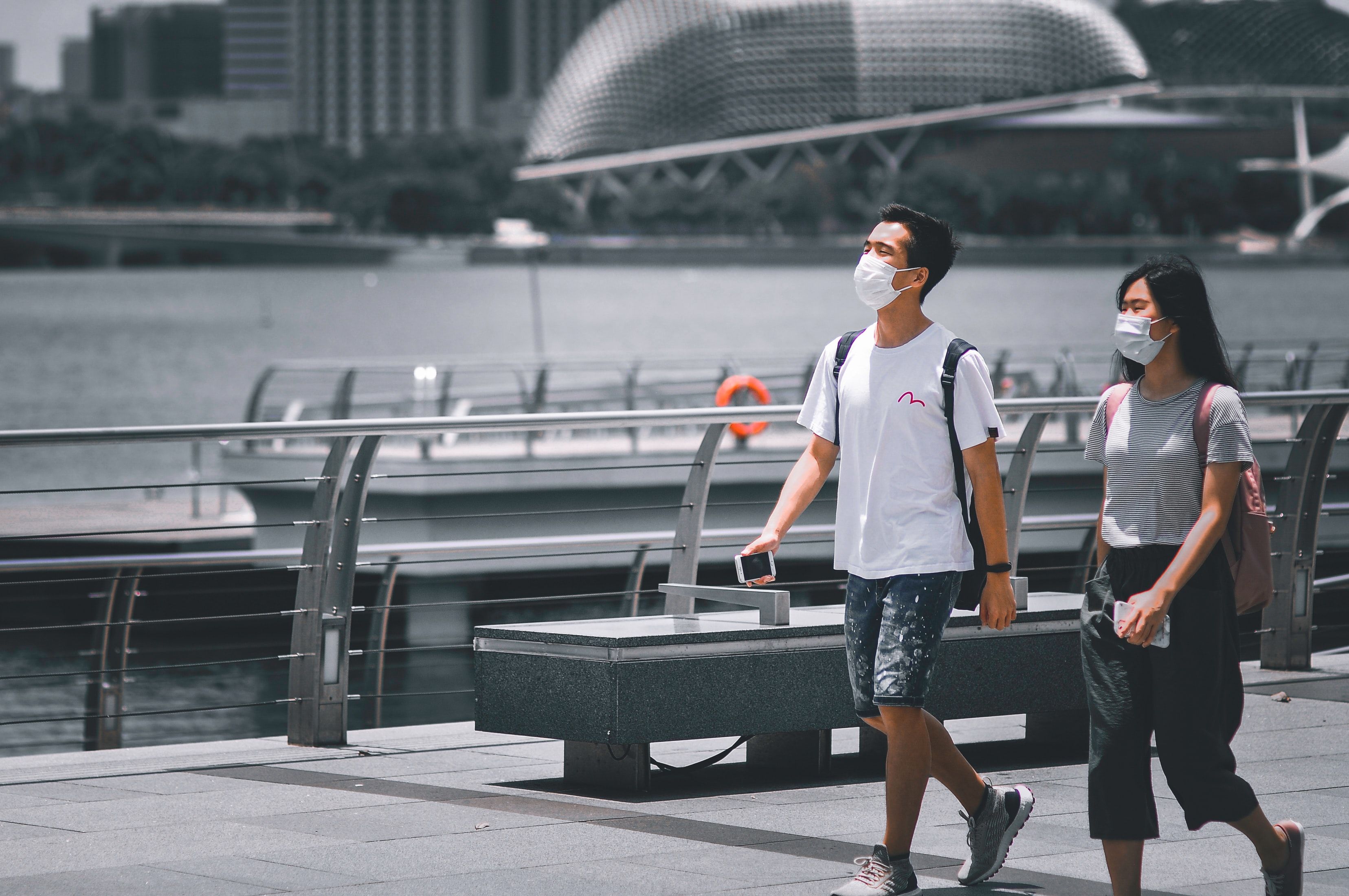When dealing with questions of public health, it's difficult
not to think in terms of risk for the simple fact that everything is risky.
Spending a day at the beach, people increase their chances of getting skin
cancer. If you eat meat at a restaurant, then you take a chance with
contracting harmful gastro bacteria like E coli and salmonella. Now, add coronavirus
to the tableau of public health risks, a nightmare scape of dangers that make
hypochondriacs seem like the wise ones.
It seems that we can't even assemble in public, unless we're prepared to throw the dice with COVID-19. True as this perception is, it needs qualification. Yes, going out can be dangerous, and we should all physically keep to ourselves to the extent that we can during these trying times. Yet, it isn't always possible. Much as we might like to at times, we can't all indefinitely reside in a bubble-wrapped cocoon of hand sanitizer and disinfectant.

Most people need to leave their homes for some errand or
another. Given the inevitability of that fact, people should have some modest
appreciation of the specific risks in all their frightening, granular detail.
In this way, everyone can hopefully come to make informed decisions for
themselves and their loved ones about what they are and are not prepared to
risk.
A news outlet in Michigan, MLive.com, recently interviewed four public health experts for this
very purpose. They ranked a list of 36 activities on a scale of one to 10, 10
being the riskiest in terms of coronavirus threats.
Experts said they weighed the different activities with five
criteria in mind: "Whether it's inside or outside, proximity to others,
exposure time, likelihood of compliance, and personal risk level."
Outside is generally safer because there are no quarters to
cramp. Some activities necessitate getting closer to people than others. For
instance, a hairstylist appointment is riskier than a tennis match, even though
both need only involve two participants. Some things also take longer than
others, and the more protracted the exposure, the greater the risk.
Likelihood of compliance is more difficult to measure; setting is important here. For example, people at a bar will be drinking and less likely to comply for that reason alone. The personal risk level is something the individual has to consider for his or herself. What makes sense to a 19-year-old with a clean medical record almost certainly won't apply to a septuagenarian with diabetes.

The list is reprinted here in descending order, or from
riskiest to safest.
1.Bars
(9)
2.Large
music gatherings (9)
3.Sports
stadiums (8)
4.Gyms
(8)
5.Amusement
parks (8)
6.Churches
(8)
7.Buffets
(8)
8.Basketball
(7)
9.Public
pools (7)
10.Schools
(7)
11.Casinos
(6)
12.Restaurants,
indoor seating (6)
13.Playgrounds
(6)
14.Hair
salons, barbershops (6)
15.Pontoon
boat rides (6)
16.Movie
theaters (6)
17.Dinner
parties at a house (5)
18.Airplanes
(5)
19.Backyard
barbecues (5)
20.Malls
(5)
21.Beaches
(5)
22.Bowling
(5)
23.Dentist's
offices (4)
24.Walking
in a busy downtown (4)
25.Offices
(4)
26.Doctor's
office waiting rooms (4)
27.Eating
outside at a restaurant (4)
28.Getting
groceries (3)
29.Camping
(3)
30.Hotels
(3)
31.Golfing
(3)
32.Libraries
and museums (3)
33.Going
for a walk, run, or bike ride with others (2)
34.Getting
fuel (2)
35.Getting
takeout from a restaurant (1)
36.Playing
tennis (1)
The setting and activity matter, but behavior is also
important. The good news is that most personal prevention tactics are simple
and relatively easy to follow. Don't touch your face. Wash your hands
frequently. Wear PPE. Socially distance by keeping at least six feet away from
the nearest person to you. Frequently disinfect surfaces in the home.

